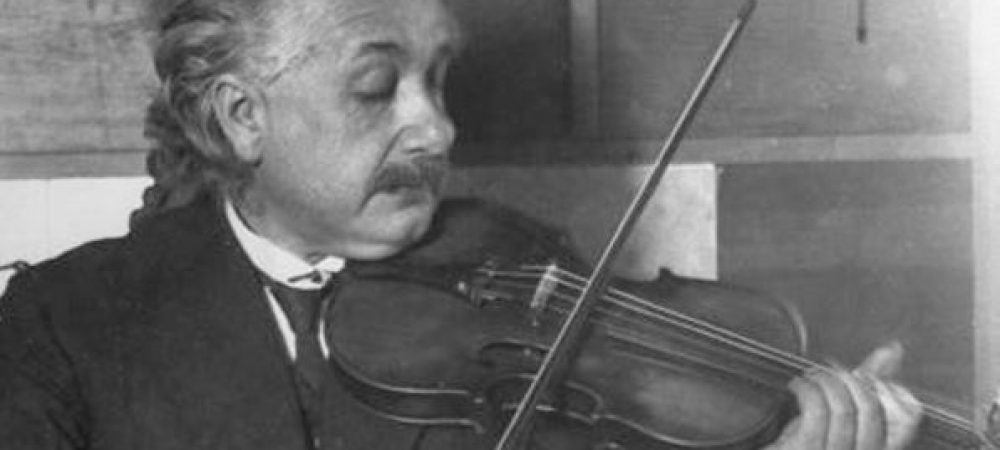
Music can be a conduit for personal development and social growth enhancing the collaboration within a community as well as providing an experience of deep equality. While learning music people can engage totally in the learning journey, simultaneously encountering active listening and total presence. This applies also when teaching the subject. In order for the experience to be fulfilling, it is crucial to engage the students’ attention for the whole length of the session. A balanced misture between enhanced technology into teaching and a more classic delivery, seems to me the most successful method. As ultimately, a teacher aims to create that kind of “flow” within which students can passionately enjoy their journey through education.
For example, at Liveschool, the world’s first music training center that uses exclusively, Ableton Live, the methodology in use foster the creation of news skills while providing student-centered learning experiences, that are designed around the student’s interests and expectations. The simple idea of beginning the lesson working on a song suggested by the student in that very moment, seems to me pretty extraordinary. At the same time, considering to embed in the course curriculum technologies that allow students to learn music from the perspective of a electronic musician and a DJ, it’s as simple as pretty revolutionary nowadays. A true breath of contemporaneity!
In conclusion, I totally agree with the Australian music educator and composer, Richard Gill, OAM, when he says that ultimately education is about getting to opportunity to expand the horizons of your knowledge, learning things one didn’t even know they existed, and developing skills.
